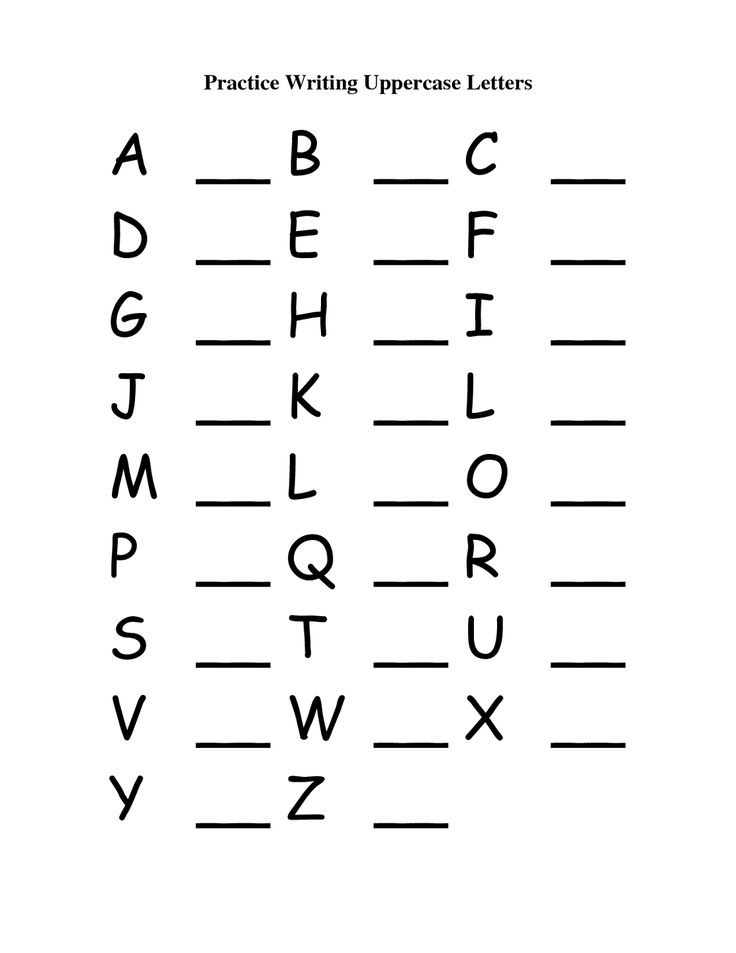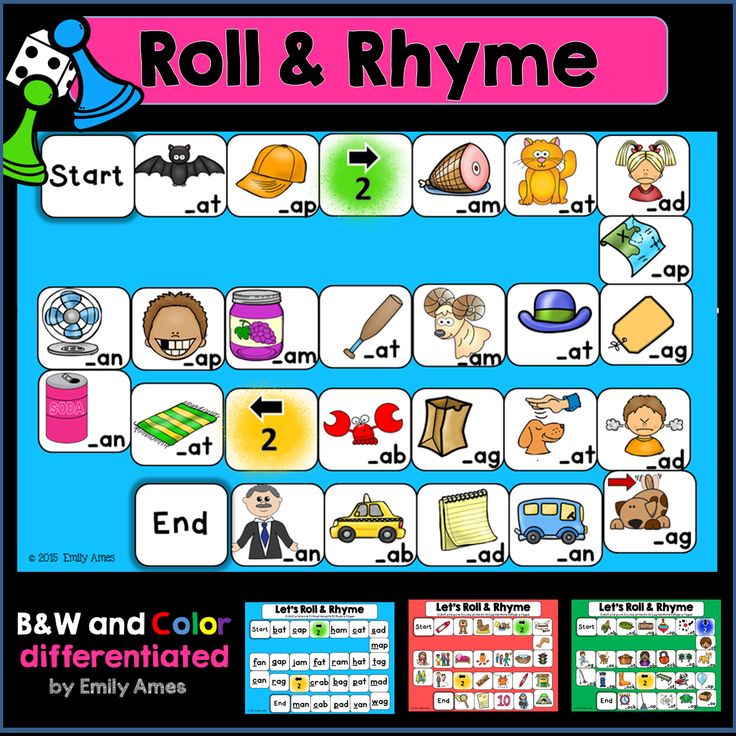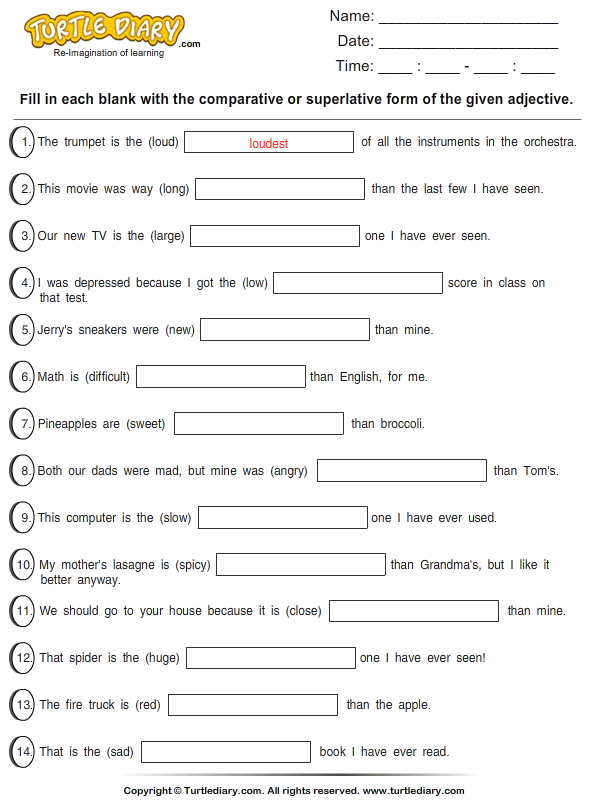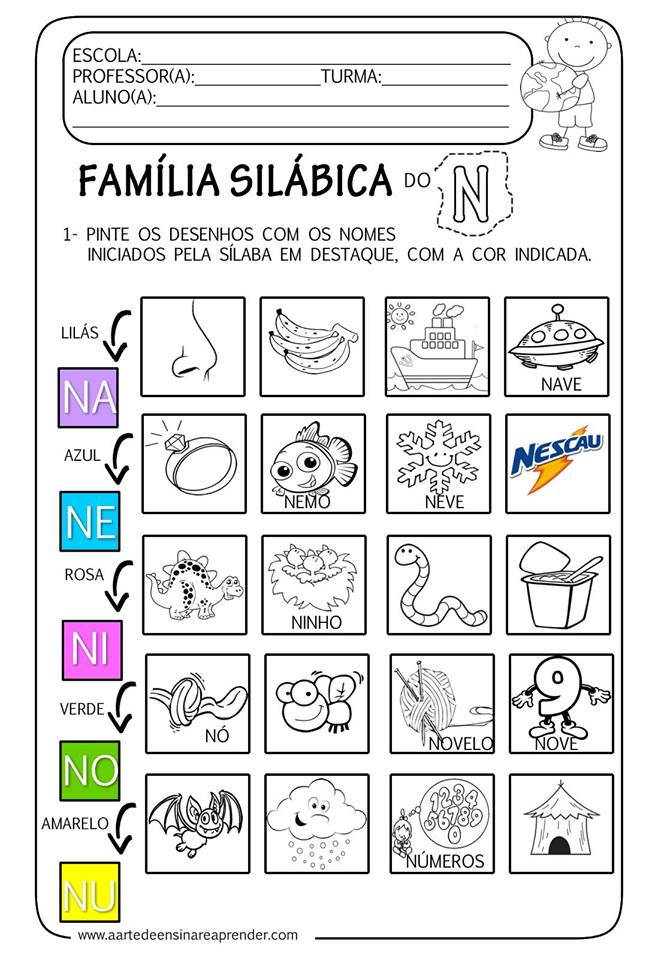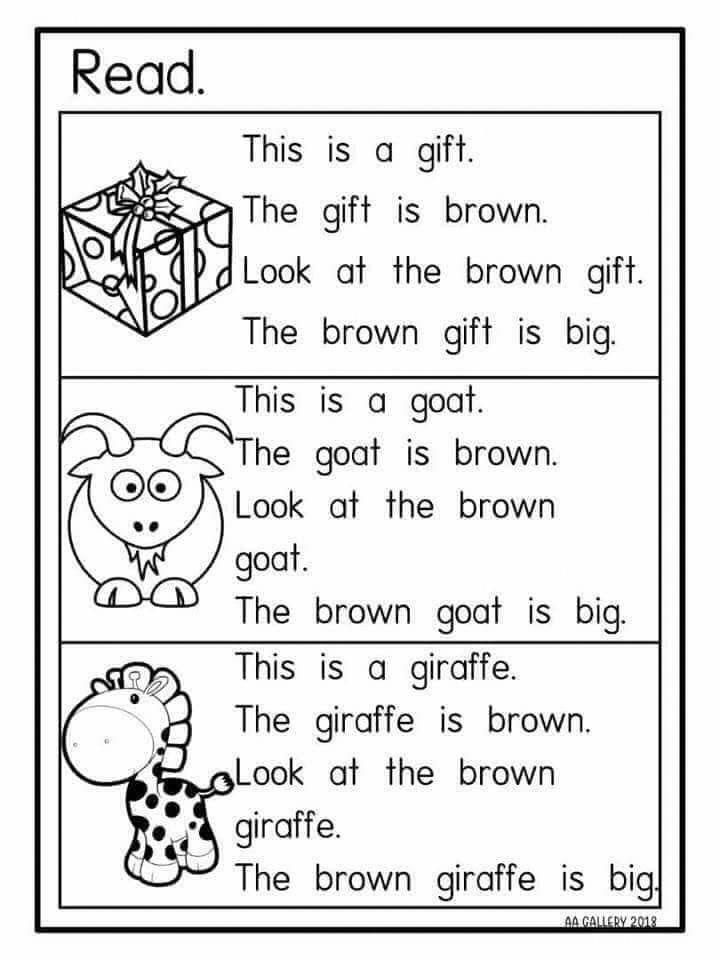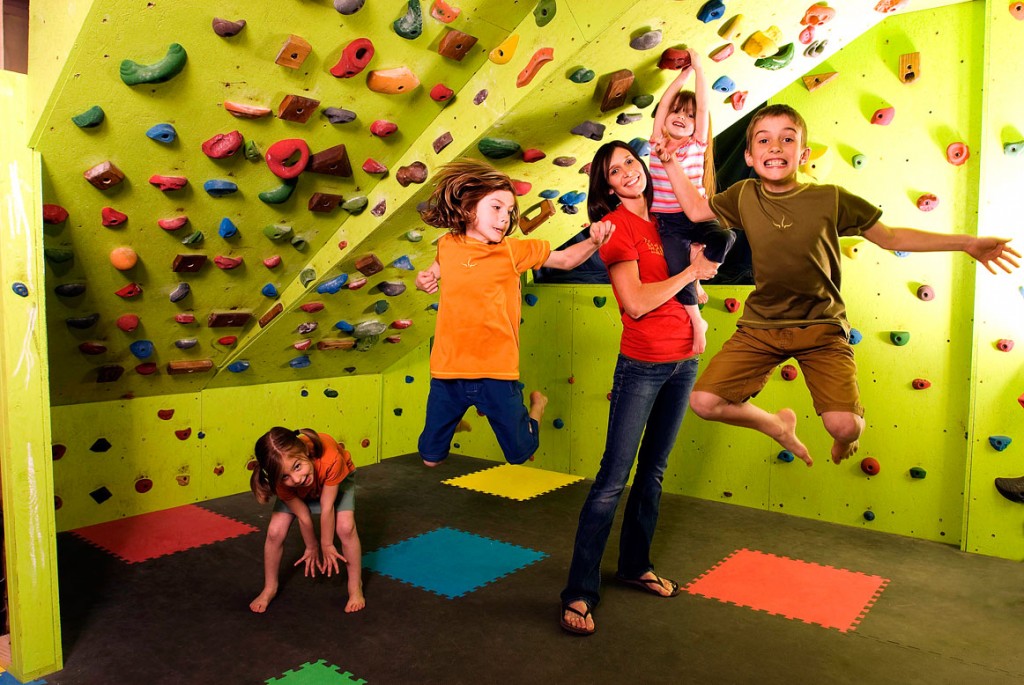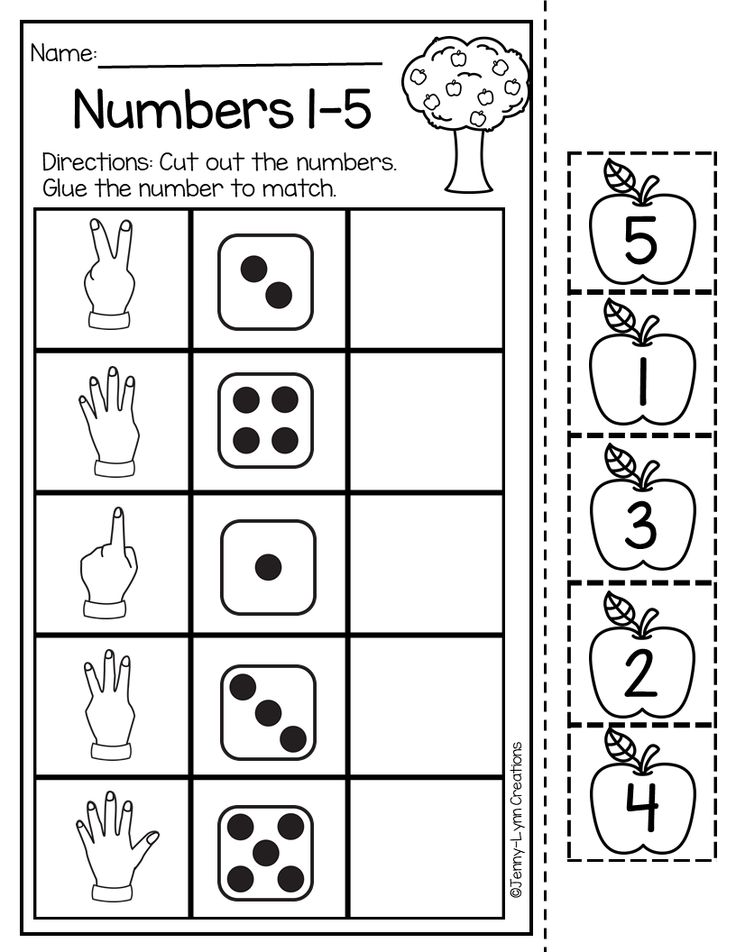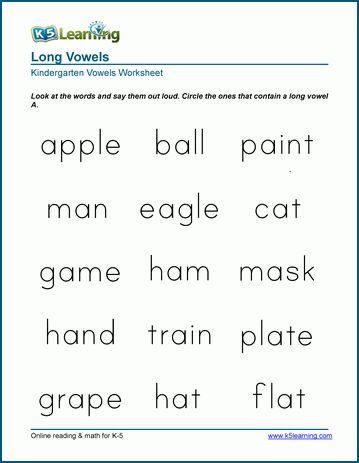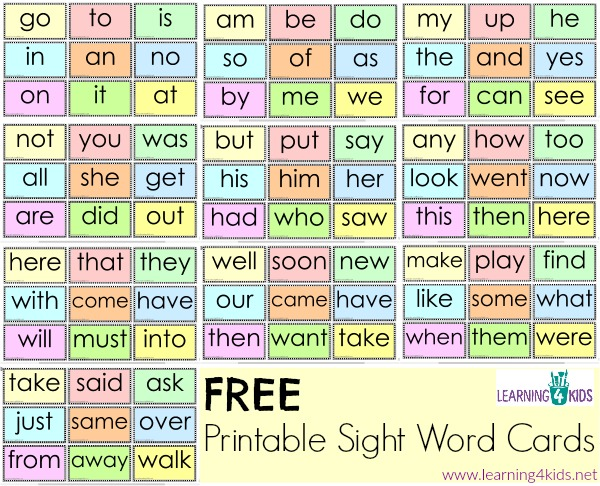Letters to learn
Learning Letters with Fun Activities
If your kids are learning letters, then this is the post for you! Teach the alphabet with hands-on activities that are engaging and enjoyable for young kids!
I am always creating new alphabet activities to do with my kids. From games, to activities to hands-on printables, there are so many ways to make learning letters a fun experience for your kids!
These activities are all fun, engaging and hands-on ways for kids to learn letters. And many of them require very few supplies. So let’s get started!
Learning Letters in Preschool and Kindergarten
1. Use a sand tray and these letter formation cards to help kids with letter identification, letter formation and even letter sounds.
Just use a small shallow tray and some colored sand to make a writing tray. Then pair it with the letter formation cards. The cards even include a small picture that represents the sound that each letter makes!
2. Play this Roll and Dot the Letter Game. In the two-player game version, children will roll an alphabet dice, and dot the letter on the page. The first person to dot 5 letters in a row wins! Or keep the game going and see who can get the most 5 in a rows per sheet.
3. Use these alphabet clip cards to help kids learn letter sounds while also developing fine motor skills!
4. These Beginning Sounds I Spy Mats make learning letters sounds fun and hands-on! Grab some alphabet beads and see if your kids can find all the letter sounds on the mat!
5. Print out this board game and play a fun game that teaches letter identification and letter sounds. This is one of my most popular ideas and one of my kids’ favorites!
6. These printable alphabet puzzles will make learning letters a hands-on experience. They develop critical thinking skills and fine motor skills while teaching letters and sounds!
7. Combine play dough and learning letters with these engaging alphabet mats.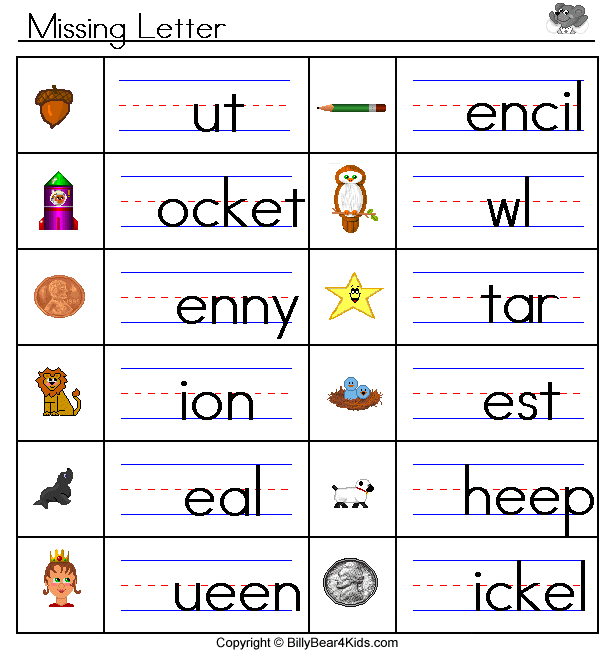 Not only will kids practice letter formation while using them, but they will also practice identifying beginning sounds in words. Slip them into write and wipe pockets and you can use dry-erase markers on them too.
Not only will kids practice letter formation while using them, but they will also practice identifying beginning sounds in words. Slip them into write and wipe pockets and you can use dry-erase markers on them too.
Get these Activities in my Alphabet Printable Pack
These activities can be found in my brand new Alphabet Printable Pack! With 370+ pages and 17 alphabet activities, this alphabet pack is going to be so helpful to you!
8. These Beginning Sounds Clip Wheels develop fine motor skills while teaching the children to identify beginning letter sounds. Each wheel includes 4 objects that correspond to the letter in the middle. Children will mark the correct pictures with clothespins.
9. Beginning Sounds Mazes are a fun way to learn letter sounds! These bright and colorful mazes are visually engaging and great for developing visual tracking skills which are also necessary for reading.
10. My kids really enjoy these Spot the Letter Mats.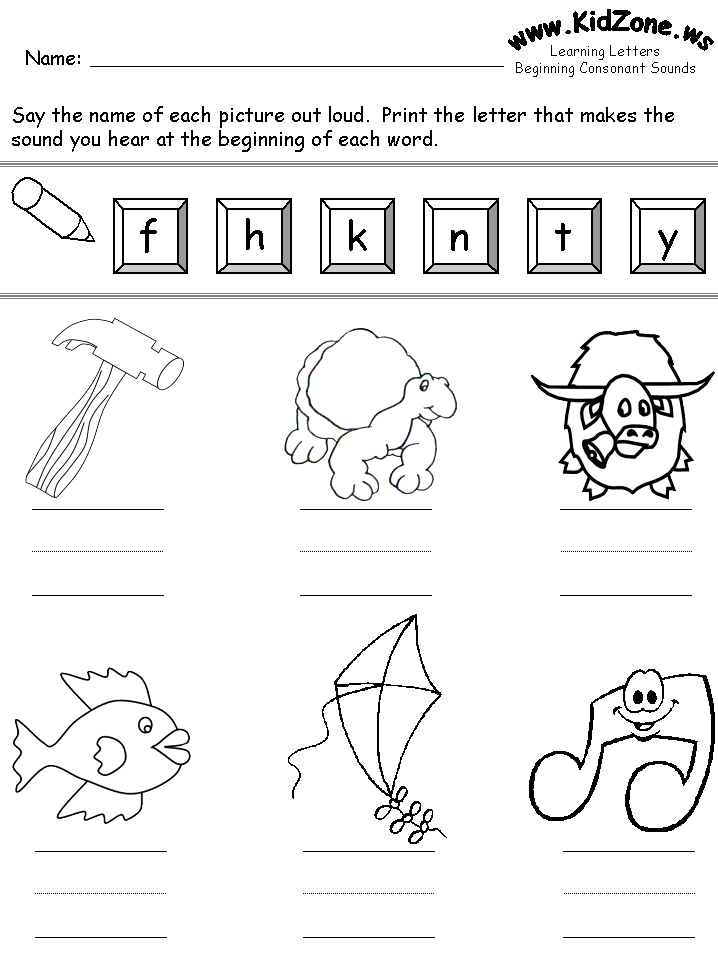 Children will search the mat for objects that start with the letter in the middle of the mat. Slip in dry-erase sleeves and mark objects with dry-erase marker. Or laminate and mark with pom poms, craft gems or other small objects.
Children will search the mat for objects that start with the letter in the middle of the mat. Slip in dry-erase sleeves and mark objects with dry-erase marker. Or laminate and mark with pom poms, craft gems or other small objects.
Buy the Alphabet Printable Pack
To read more about the Alphabet Printable Pack and all of the activities that are included, click the link below!
Teaching Letter Recognition - What Order to Introduce Letters
Wondering about the order for teaching letters to your little ones? I’m on it!
I feel as though I am always writing about waiting to teach letter recognition. Wait and let little hands get strengthened by other activities. Wait until little minds have had ample time to hear different words and sounds. But a day will come when you SHOULD teach your little ones their alphabet letters of course.
Whether it is when they are 3, 4, 5, or 6, at one point or another they will be ready, and teaching letter recognition will be the name of the game.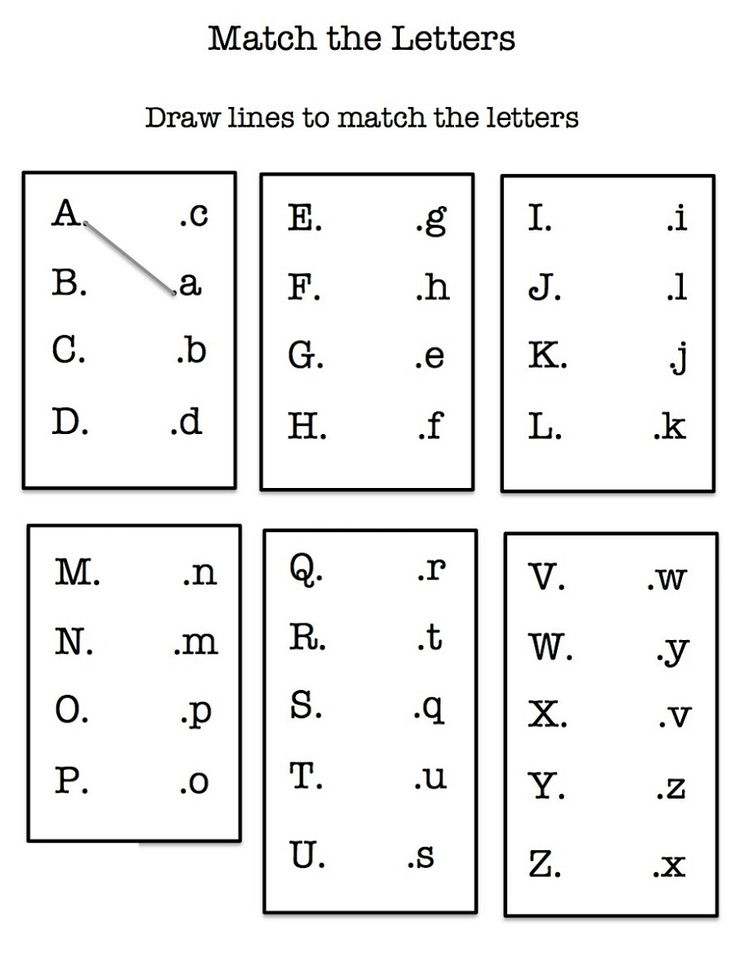 So, when they are ready, what is the order for teaching letters?
So, when they are ready, what is the order for teaching letters?
Don’t worry – I have an opinion on that too!
In fact, this is such an important topic, I have created a FREE resource just for you all about teaching letters to little ones. You can grab it right here:
If you are more of a watcher than a reader, I have created a seven-minute video for you all about teaching letter recognition to young children. You can watch right here (or simply keep reading below if you would rather):
And just in case the video above doesn’t work for you, you can also watch it right here on YouTube.
When I was in the Kindergarten classroom, I did not teach letter recognition in alphabetical order. I began with “name letters” as these letters hold a very important meaning to children. So for “Sammy,” he learned all about s, a, m, and y.
Once children know their name letters well, I would introduce the other alphabet letters (and sounds) in this order:
At first, relatively quickly, I would introduce the first row of letters, maybe over a week.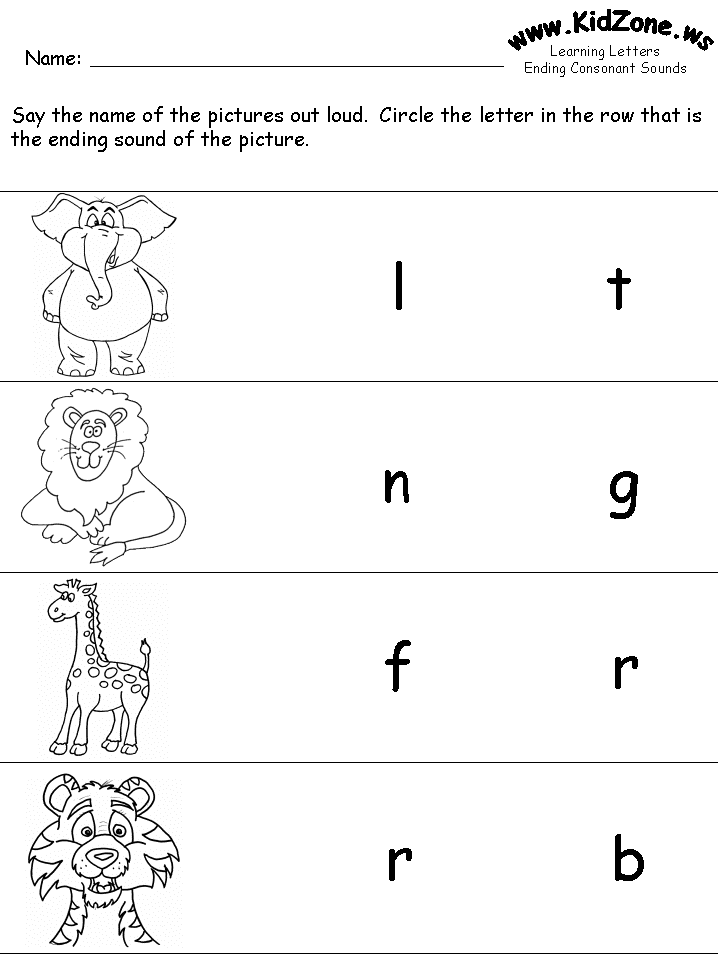 Then we do lots of activities playing with those letters: their sounds, shapes, and names. Once they are mastered, we add in the next row. Building and growing, slow and steady.
Then we do lots of activities playing with those letters: their sounds, shapes, and names. Once they are mastered, we add in the next row. Building and growing, slow and steady.
Starting with the lowercase is helpful, and something I have begun doing—though I haven’t always. Clearly, little ones need to know both upper and lowercase letters, but since so much of the print in our everyday lives is lowercase, I find it beneficial to start in that way.
The letter order is similar to the way the letters are taught in the Jolly Phonics Program. By teaching the letters in this manner, children are able to begin forming words very quickly. After learning the first 6 letters, kids can make words in the “at,” “an,” “it,” “ip,” “ap,” and “in” word families.
- s, a, t, i, p, n
- c, k, e, h, r
- m, d, g, o
- l, f, b, q, u
- j, z, w
- v, y, x
Introducing the letters and letting little ones begin to make words almost right away creates a huge sense of pride.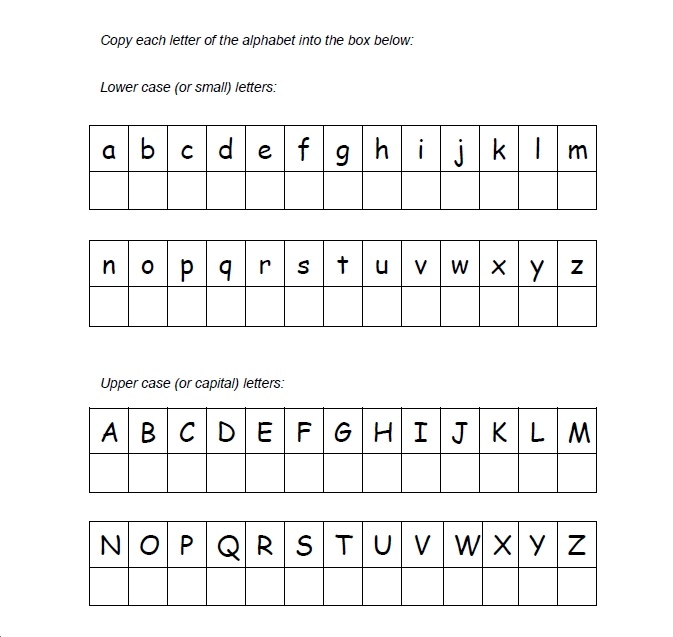 And since you waited to introduce the letters (you did wait, right?) they are absolutely ready and will be catching on right away, grasping those letter names and sounds easily. If not, perhaps wait a little longer.
And since you waited to introduce the letters (you did wait, right?) they are absolutely ready and will be catching on right away, grasping those letter names and sounds easily. If not, perhaps wait a little longer.
I know it is hard (trust me, I know!) but waiting until your little one is ready will save you both mounds of frustration, and ensure your little one loves learning. There is no rush.
Of course, ideas and games for introducing letters can be found all over How Wee Learn!
Ready to start helping your little ones learn their letters? Here are some great ideas and fun games that will have those letters mastered in no time!
Digging Up Letters – Grab some dump trucks, diggers, and pebbles and “dig up” some letter-learning fun with your preschooler! This post shares more information about the order for teaching the letters.
Flying into Letter Recognition – This fun one just requires painter’s tape and construction paper.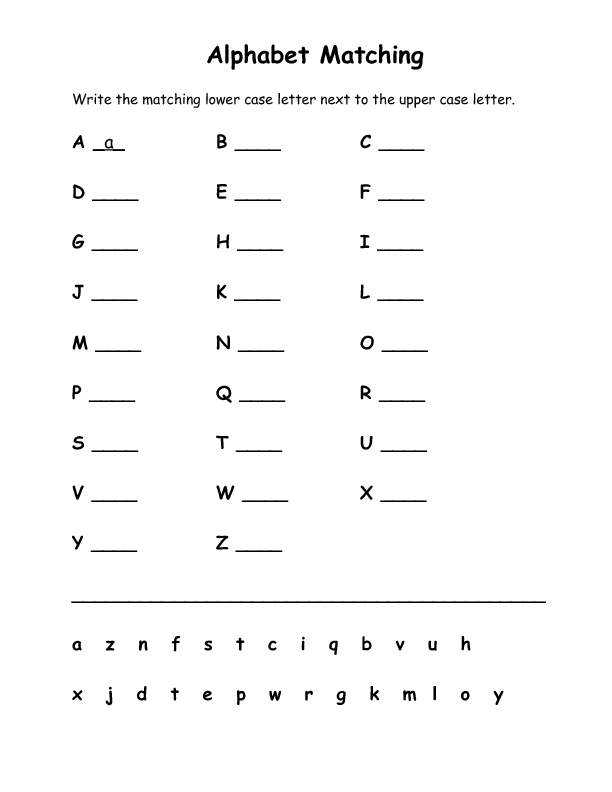 Pop that first group of alphabet letters (s, a, t, i, p, n) on the ground using painter’s tape and let those little ones throw paper airplanes to learn their ABCs!
Pop that first group of alphabet letters (s, a, t, i, p, n) on the ground using painter’s tape and let those little ones throw paper airplanes to learn their ABCs!
Swat the ABC Balloons – We love using balloons for fun learning games. This alphabet activity is absolutely perfect for preschoolers as it engages the whole body. And we all know 3-year-olds LOVE to learn with their whole body.
Zoom and Sort the ABCs – All you need is painter’s tape and some toy cars for this one. This one uses painter’s tape in a different way; the painter’s tape forms the road while the cars hold the letters. This letters activity for preschoolers is great for introducing capital and lowercase letters.
Pipecleaner and Popsicle Stick Letters – Forming letters with pipecleaners and popsicle sticks on a homemade sticky board – popsicle sticks can be used for so many purposes!
Skeleton Bone Writing (bending Qtips!) – We use Qtips a lot over here for learning games like this one.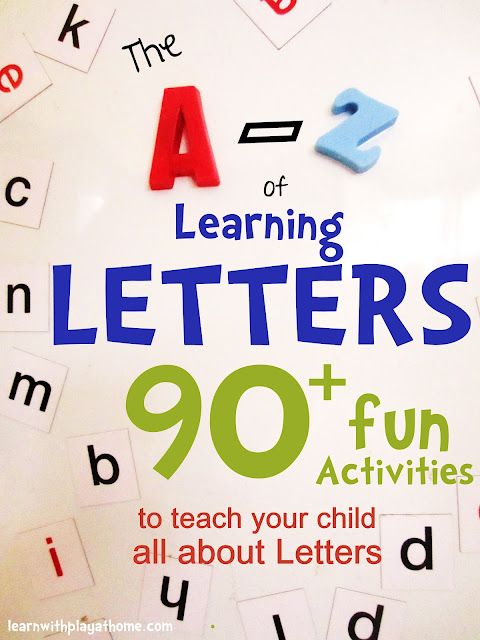 Bending those Qtips is a great way to make the curvy parts of the letters. Having children manipulate objects to form letters is a very powerful learning opportunity.
Bending those Qtips is a great way to make the curvy parts of the letters. Having children manipulate objects to form letters is a very powerful learning opportunity.
Re-useable Alphabet Paper Chain Games – We use construction paper a lot to make simple paper chains. I like to add velcro to make these chains reusable again and again. Little words can be built and played with all day long.
Building a Name with Blocks – Duplo building blocks are a favourite here, and they are perfect for this name-building game.
Mail Play! – Mailing friends their “name letters” is a great way to practice letter recognition! Matching letters of the alphabet is a great place to start with letter recognition. First, little ones recognize which letters match, then they can practice forming the letters from a sample, and finally, they can produce it on their own. The order for teaching letters can be the same for all of these steps.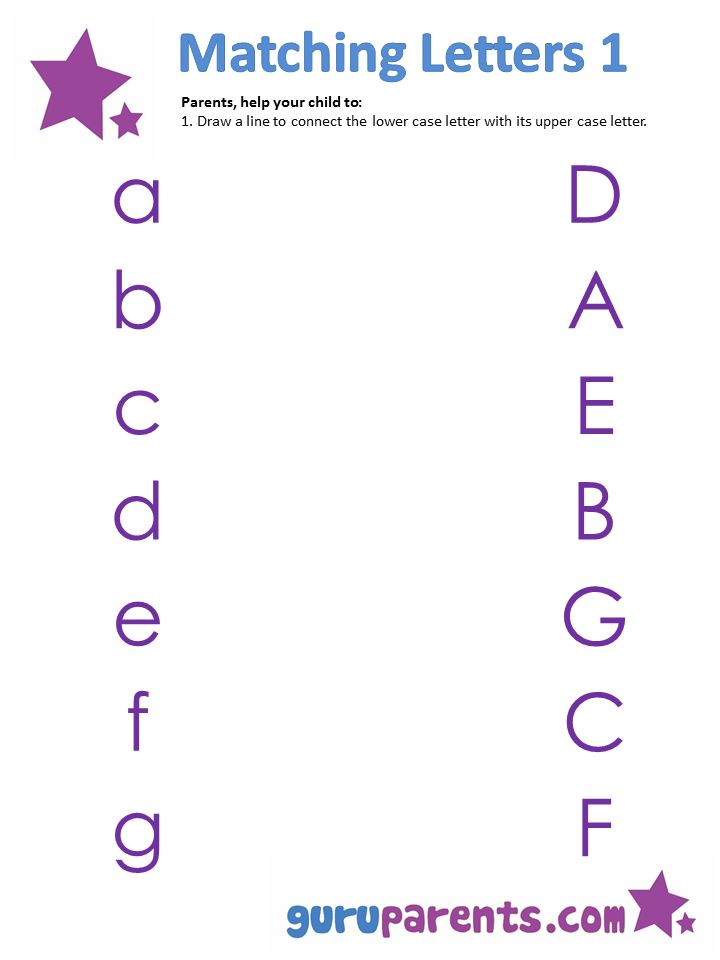
Dinosaur Bone (Well, Letter) Excavating – Magnetic alphabet letters can be used for so many learning activities, like this fun dinosaur letter excavation!
An A-MAZE-ing Letter Learning Game – Grab that painter’s tape once more! This time we made a fun maze for learning our alphabet letters.
Now that you are armed with some fun games, have an idea about the order for teaching letters, and have waited for your little one to be ready… it is time to let them learn those letters!
Have fun with this big step with your little ones. And remember, slow is always better. Follow your child’s lead and keep it light and fun. This is the beginning of a lifetime of learning and a love of reading.
Good luck! And remember, I am only an email away with any questions!
Thank you so much for reading friends! I hope you are having a wonderful week.
P.S. Don’t forget to grab your Free Teaching Letter Recognition Guide!
You’ll also love these How Wee Learn best-sellers:
Awesome Alphabet Activities for Preschoolers
Gross Motor Alphabet Games for Kids
How to teach a child the alphabet with the help of games
How to quickly learn the letters of the Russian alphabet with a child? Just invite him to play! The game is the best form of learning for children, where the child is always involved in the process and quickly learns the material.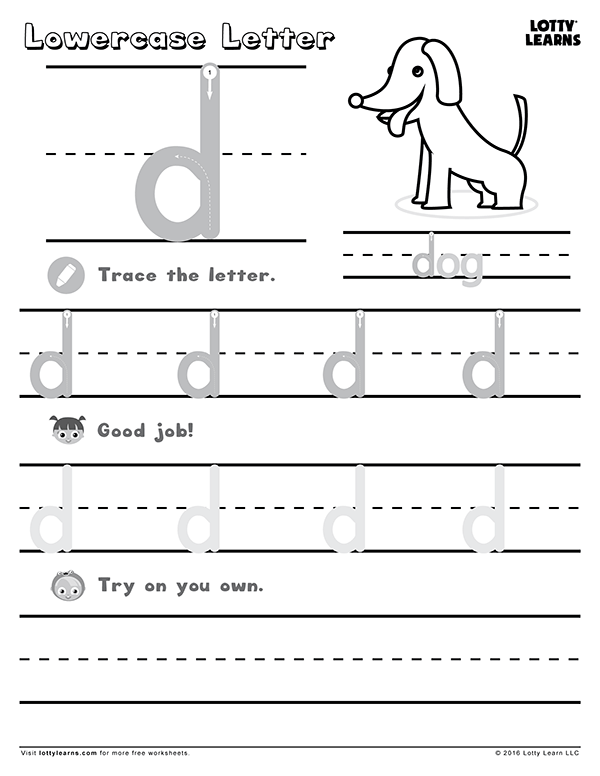 We have prepared for you a selection of 7 simple games for learning letters. Your child will have fun and easily memorize the letters of the Russian alphabet.
We have prepared for you a selection of 7 simple games for learning letters. Your child will have fun and easily memorize the letters of the Russian alphabet.
1. Catch Game
You will need plastic bottle caps, corrector or nail polish. Write letters on the lids, let dry and you can play.
⠀
With this game, your child will not only memorize the letters, but also practice manual dexterity and play enough with water - after all, all children love to frolic in the water.
⠀
Pour water into any container and put the lids with the letters there. Give the child a spoon or net and let him catch the letters in turn, name and remember.
⠀
If your child does not know a single letter yet, then call the “catch” yourself first and ask the child to repeat.
2. Letter Quest
This is a mobile and very fun game that helps develop imagination and memorize letters quickly. Here, too, there may be different options, depending on your imagination.
⠀
You will need stickers, markers and a primer. Write letters on sticky notes and stick around the house. For example: "K" - on a chest of drawers, "L" - on a spoon, "C" - on a washing machine, etc.
⠀
Then take the primer and show the child the letter to be found. Let him repeat after you and go in search. When the desired letter is found, ask the child to name it again, and then name the object that begins with it.
⠀
For children who already know letters, syllables can be glued at home according to the same principle.
3. Walkers
You will need a clean sheet of paper, a ruler, colored markers and a cube with glasses. Draw a square on the sheet, draw it into 35 small squares. In the lower left corner, write "Start" and draw a line from it with a light felt-tip pen to the "Finish", which will be in the middle. Then from "Start" to "Finish" write the letters "A" to "Z" in alphabetical order.
⠀
The game is ready.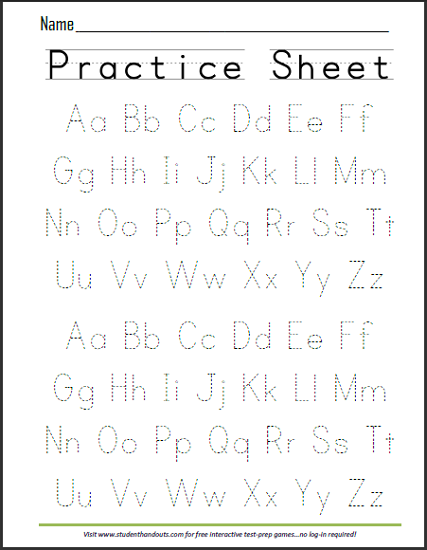 Now take turns throwing a cube with glasses with your child and walk. If the child still does not know how to count, help him, and call the letters that both of you will drop out together.
Now take turns throwing a cube with glasses with your child and walk. If the child still does not know how to count, help him, and call the letters that both of you will drop out together.
4. Puzzle letters
Collecting puzzles, children develop logic, attention, memory and imagination. And by collecting puzzle letters, the alphabet is memorized much faster.
⠀
You will need unused cardboard packaging from toys or any other items. Choose with your child suitable large letters on the package and cut them out. Then draw with a marker on the back of the line, so that you get the details of the puzzle and let the child cut it out. The more details you get, the more complex the puzzle will be.
⠀
Then shuffle the pieces and have your child reassemble the letter. And when he collects it, let him loudly name it and the words that he knows with this letter.
⠀
If there are no boxes at home, then just draw a big letter on a piece of paper, color it and also cut it into pieces - the puzzle is ready.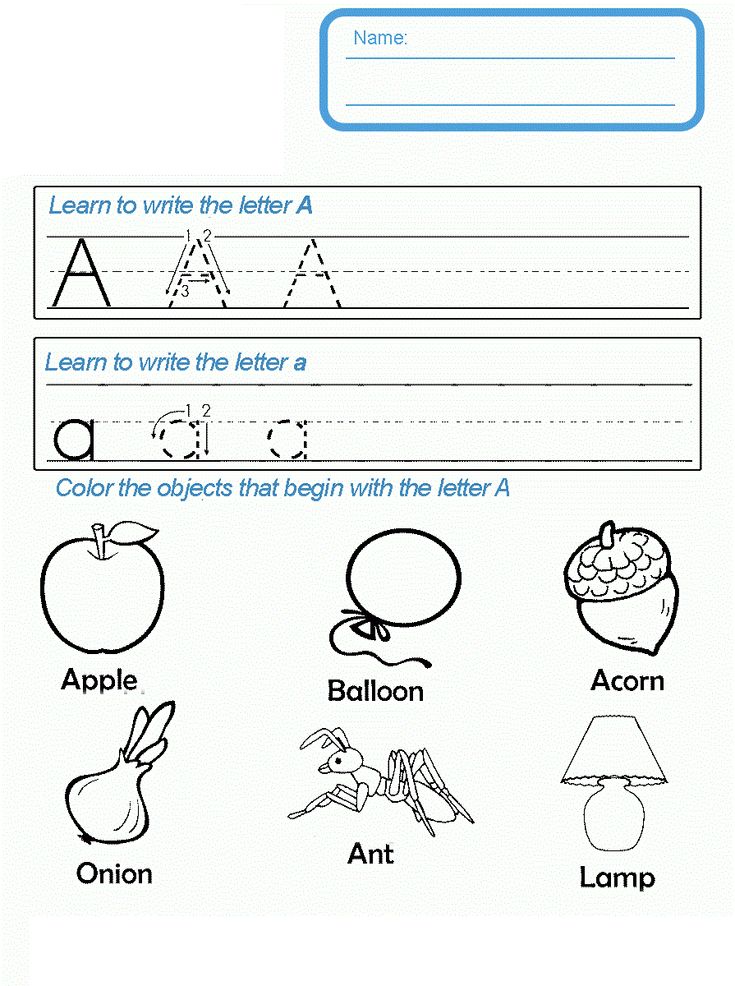
⠀
You can also download our best letter learning games.
5. What letter does it begin with
This game not only helps to learn letters, but also develops logical thinking.
⠀
You will need: any household items and letters of different colors (you can take magnetic ones) or cardboard cards with letters.
⠀
Anything can be taken from items: dishes, fruits, vegetables, clothes, etc. Put all this in front of the child, select the letters you need and put them in a pile next to it.
⠀
Next, pointing to the object, ask the child: “What is this?” He answers: “Bananas”, and you: “What letter do bananas begin with?” If the child answers, ask him to find his letter "B" in a pile and put it next to the bananas.
⠀
Help the child if at first it is difficult for him to find the right letters on his own.
6. What does the letter look like
This game will help the child quickly reinforce each new letter.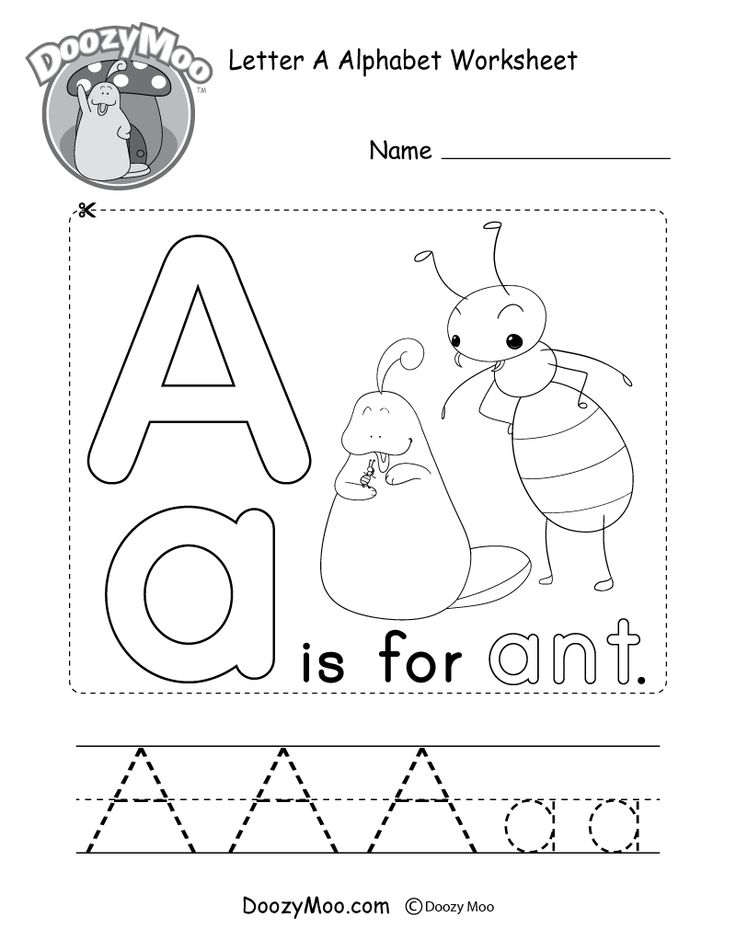
⠀
For example, you are teaching the letter “A” with your child. Ask what item it looks like. If he can’t immediately answer, fantasize about this topic together. Ask leading questions and let the child answer. For example: “The letter “A” looks like a tree? Or maybe it looks like a house? etc. Try to play association on the street, where you are surrounded by many different objects.
⠀
If you do not live in a Russian-speaking country, then let the child look for familiar letters in his books.
7. Letters on the walk
Learn the Russian alphabet right on the street. In the fresh air in the game, any information is absorbed faster.
⠀
Everything that is around is useful to you: sticks, pebbles, moss or shells. Write any letter on the ground or sand with a stick and ask the child to lay out the same one next to it. To begin with, you can practice laying out the letters along the drawn outline, and then try to lay them out yourself.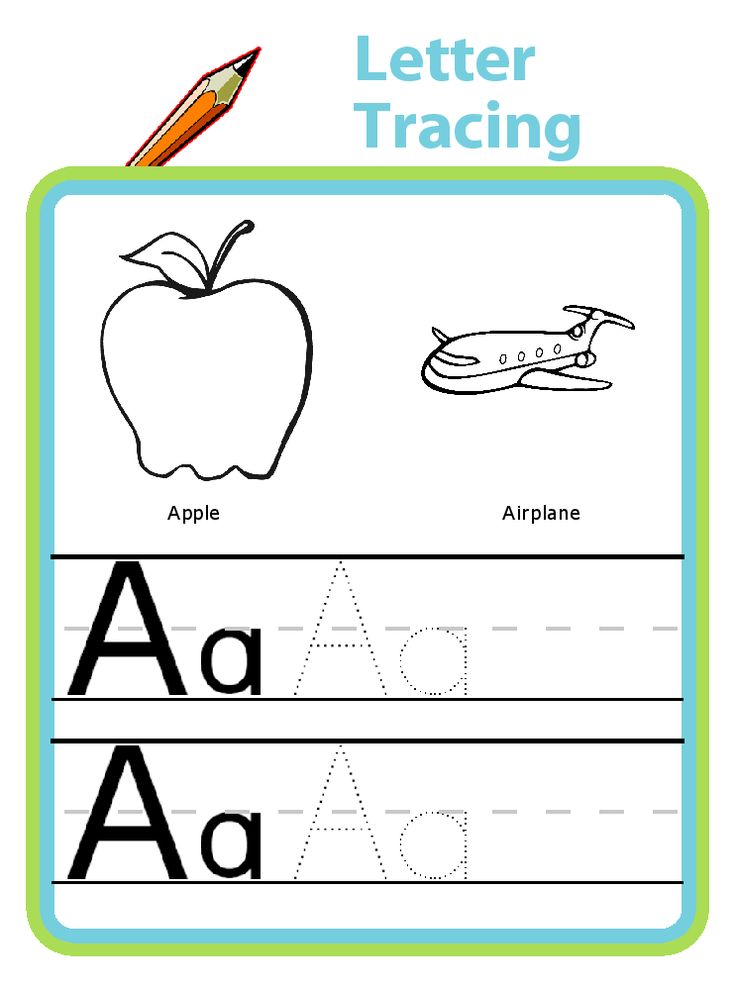
⠀
Do not forget to say all the letters out loud together and move on to a new letter only after the child remembers the previous one.
⠀
Did you like our ideas?
⠀
And we also want to give your child a very fun and exciting RUSBUKA game right now. Simple and fun exercises will help you quickly learn all the letters of the Russian alphabet, pump your hand motor skills and develop your imagination. The child will love it.
⠀
Download, print and play!
⠀
We also invite you to try our online lessons in a playful way. More than 3,000 children from the USA, Europe, Australia, and the UAE have already learned to read with us and were able to keep the Russian language abroad. Join and you.
⠀
Let's teach your child to read and love books.
⠀
The first lesson is free.
⠀
Read also:
5 ways to quickly learn Russian words!
Learn poetry with a child in 5 minutes! Mnemotables
9 life hacks: how to quickly memorize information for a child
How to develop a child's memory with the help of kinesiology exercises!
Learning the alphabet: methods, exercises and games for children
The alphabet is the foundation of reading.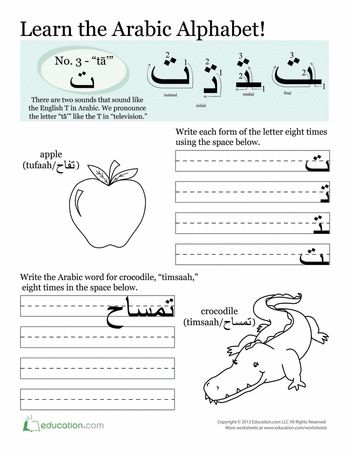 Therefore, before you start reading and writing, teach your children the letters.
Therefore, before you start reading and writing, teach your children the letters.
Children can start learning to read as early as preschool age. Parents and teachers need to teach their child how to pronounce sounds correctly in their native language. These are important prerequisites for learning letters and learning to read successfully. The educational process of preschool children is based on visual, acoustic and tactile exercises. The use of various channels of perception in the educational process increases its effectiveness and stimulates long-term memorization of letters.
Learning the alphabet: introducing the child to the alphabet.
To master reading, a child must learn and recognize not only the graphic form of letters, but also be able to compare them with their corresponding sounds. This means that the child must be able to write letters and pronounce them. When the child learns to correctly pronounce all the sounds in his native language and distinguish letters by visual form, go directly to reading.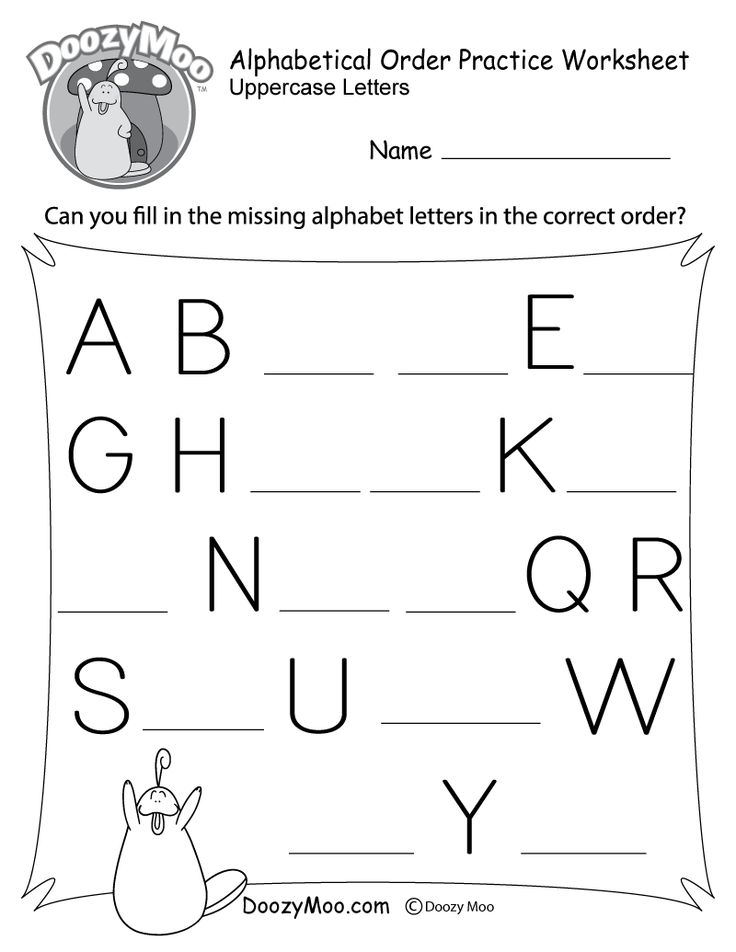 As a rule, at the age of 5-6 years, most children no longer experience difficulties in this.
As a rule, at the age of 5-6 years, most children no longer experience difficulties in this.
See also: Reading and bilingualism. Bilingualism in children
From the age of 5 to 6, children begin to understand that there is a lot of information encoded in language using letters. Thus, they are interested in learning to read by then, as they are naturally curious.
Of course, babies can learn and memorize individual letters quite early. However, their interest, mostly spontaneous, is directed to individual words and letters. Here it is important to gently motivate the child by encouraging him to learn through games and a comfortable environment. However, too much pressure can lead to stress, causing little ones to lose any motivation to learn letters.
Alphabet Learning Games
The first rule of learning the alphabet: learn the letters one by one!
Don't forget, each letter is made up of visually similar elements.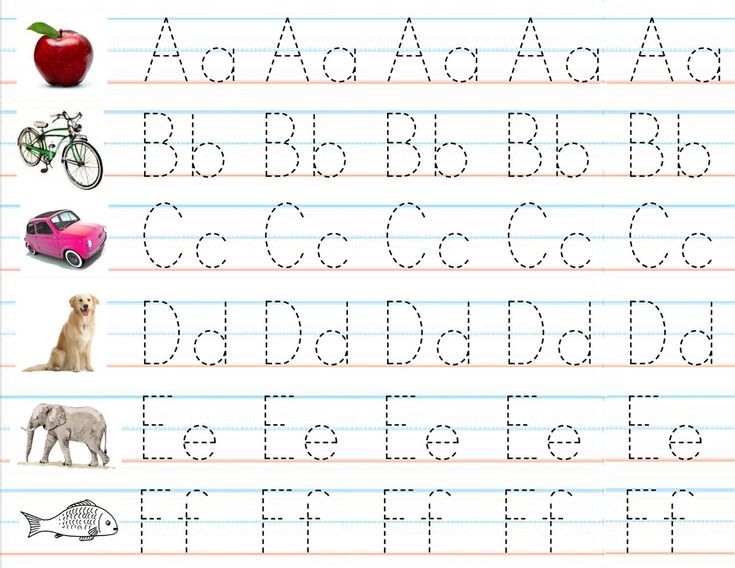 If you try to teach a child several letters at a time, he may become confused. Learn the letters one by one. One lesson - one letter.
If you try to teach a child several letters at a time, he may become confused. Learn the letters one by one. One lesson - one letter.
The second rule of learning the alphabet: take your time!
Give your child enough time for each letter. Plan 1-2 lessons for each new letter. Organize the lesson in a form that is interesting for the child with the help of games.
The tactile method: from studying letters to reading
The child sees something abstract in a letter. Chains of associations will help in learning letters. Associating each letter with something specific or familiar helps the child fix it in his memory.
1. Make a letter out of plasticine
Memorize what a letter looks like and develop fine motor skills.
We will need: plasticine (should be elastic), modeling board and a disposable plastic knife.
Together with your child, roll out 8 approximately identical sausages from plasticine.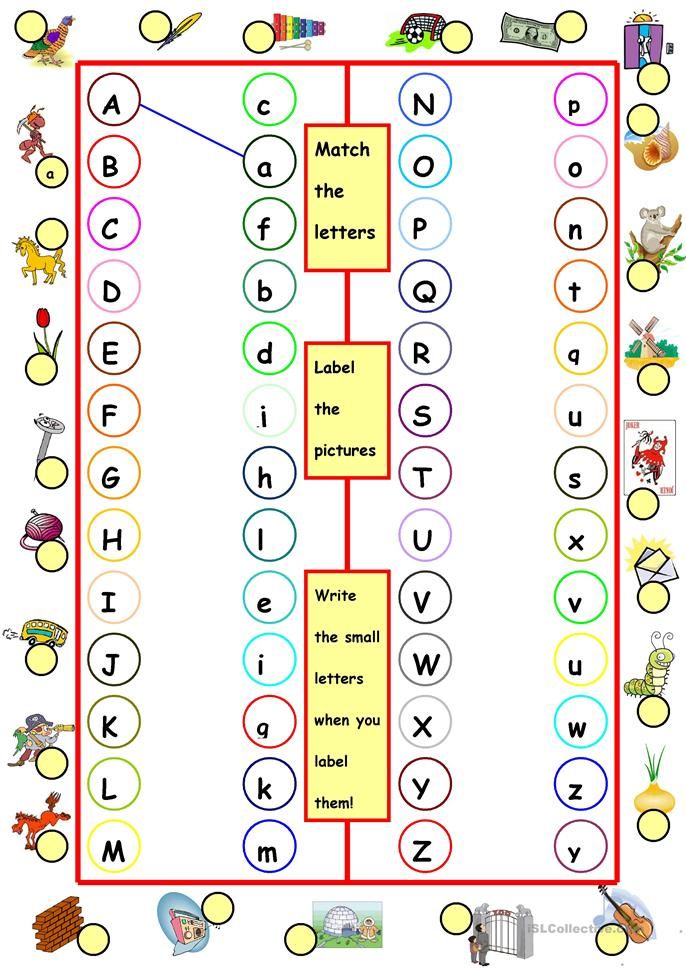 2 - divide in half, 2 - divide into 3 parts. From the remaining 4, make rings by blinding their edges and cut 2 of them in half, creating semicircles. Thus, you should get a set of elements to compose any letters of the alphabet. Show the child a couple of examples and ask them to repeat, collecting previously passed letters.
2 - divide in half, 2 - divide into 3 parts. From the remaining 4, make rings by blinding their edges and cut 2 of them in half, creating semicircles. Thus, you should get a set of elements to compose any letters of the alphabet. Show the child a couple of examples and ask them to repeat, collecting previously passed letters.
2. Magic wands
Let's memorize letters, learn how to make letters from sticks, learn how to transform letters.
We need: a set of counting sticks. If not, you can replace with matches or toothpicks.
The easiest way is to lay out letters from sticks according to a pattern or without a pattern (according to the idea). When the child learns to lay out all the letters, you can complicate the task by laying out objects familiar to the child from them, and then ask them to change them, for example, make a figure resembling a door out of sticks, and then ask the child to remove 2 sticks to make the letter P.
3.
 Tactile letters
Tactile letters Memorize letters and develop fine motor skills
We will need: sandpaper, velvet paper, scissors.
Cut out letters from sandpaper or velvet paper. The child will have to close his eyes to identify the letter by touch.
4. Draw a letter on the semolina
Memorize letters, develop fine motor skills
We will need: a bright dish tray, semolina
Pour sand or semolina in a thin layer on the tray. Set an example for your child, show how to write letters on the croup with a finger or a stick. Ask him to write next to the letter, the same as you wrote, to write a letter more or less than yours, to add an unfinished letter, or to erase the extra detail of the "wrong" letter. Children will like this game, just shake the tray a little, and the mistake or inaccuracy made disappears!
5. Mirror letter
Memorize letters and train attention
We will need: cardboard, pencil and scissors
Prepare identical cards cards, 2 pieces for each letter.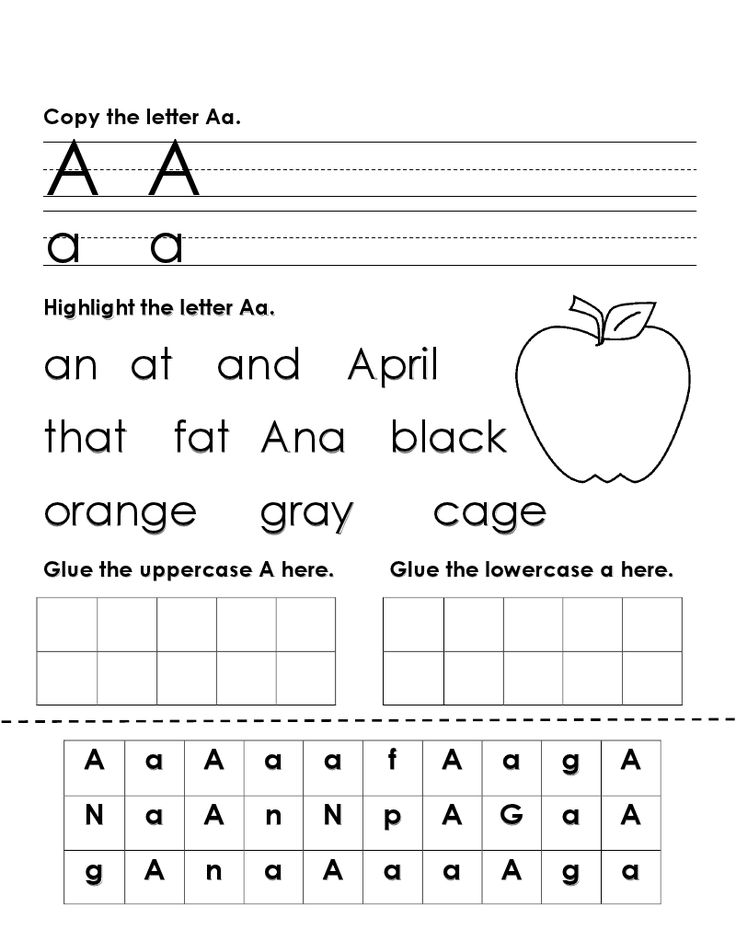 Write 1 letter on each card. Write the letters in mirror image and correctly. Lay out cards with the same letter in front of the child and offer to choose the correct one.
Write 1 letter on each card. Write the letters in mirror image and correctly. Lay out cards with the same letter in front of the child and offer to choose the correct one.
6. Memory test game
Train memory
We will need: scissors, cardboard and a pencil
The game "Memory Test" will challenge even older children. Write each capital letter on one card and lowercase letter on the other card. Turn over all the cards and place them on the table. Ask your child to match uppercase and lowercase letters. You can complicate and add a dictionary element. Have the children match the letter of the alphabet with the picture that starts with that letter.
7. Bean bag
Memory training
We will need: a bag of beans or other loose material, a tablecloth or a large sheet of paper.
If you want to warm up a bit while you study the letters, play a game of Beanbag. Write the alphabet randomly on a large piece of paper.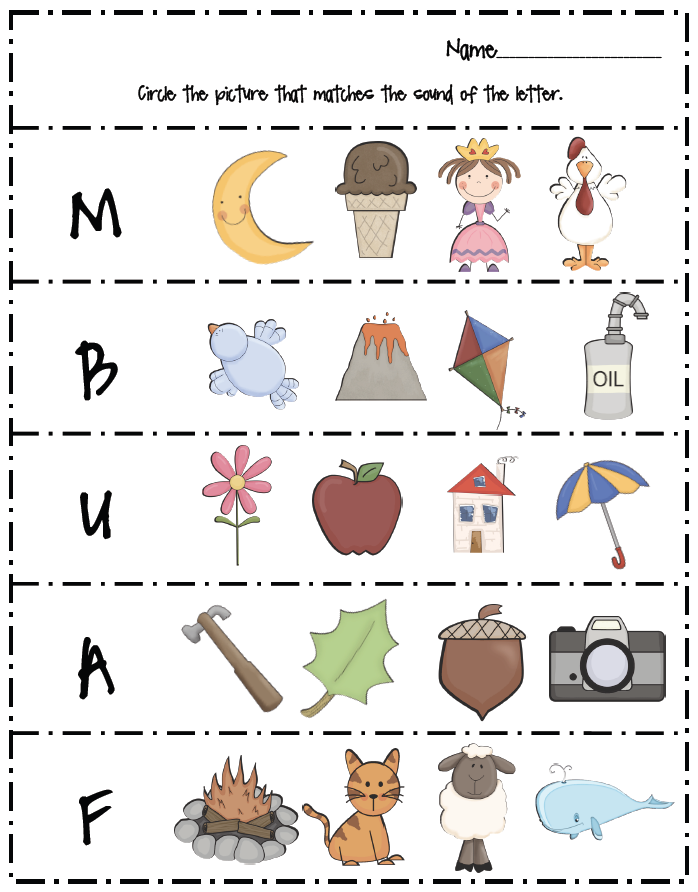 Give the children a bean bag and ask them to put it on paper. The child must name a word that begins with the letter on which the bag fell. If a student is stuck, help him.
Give the children a bean bag and ask them to put it on paper. The child must name a word that begins with the letter on which the bag fell. If a student is stuck, help him.
Ask the child to check the chosen letter with letters from the alphabet. Be sure to ask the name of the letter. The exercise will help children learn to distinguish visually similar letters and avoid mistakes when writing them in the future.
Drawing, coloring, cutting letters out of paper and gluing them together develop fine motor skills in children. Self-made flash cards with letters facilitate memory and associative thinking, creating the basis for tactile games. You can make postcards alone or with your child. Letters can be cut out of paper of various textures and pasted onto cards made of cardboard or paper. Then you can ask the child to pick up letters from 2-3 cards with their eyes closed.
Literacy begins with learning the letters of the alphabet. Combine different perceptual styles.